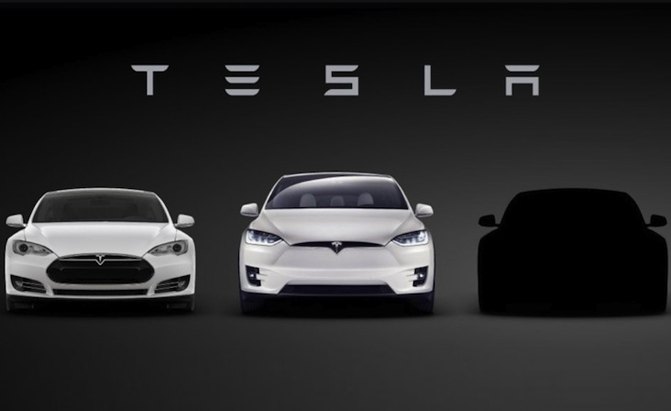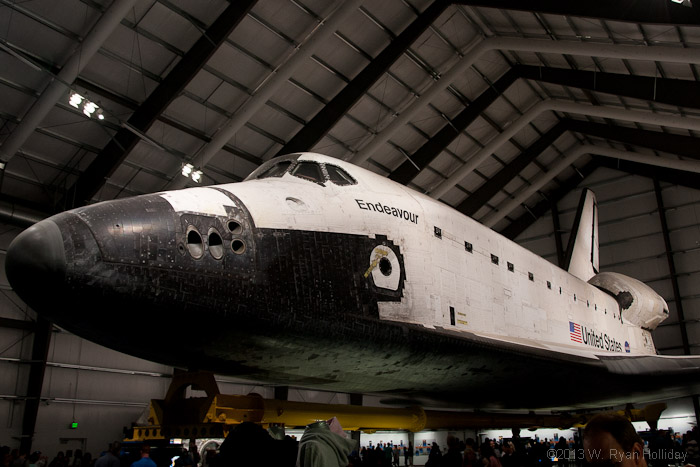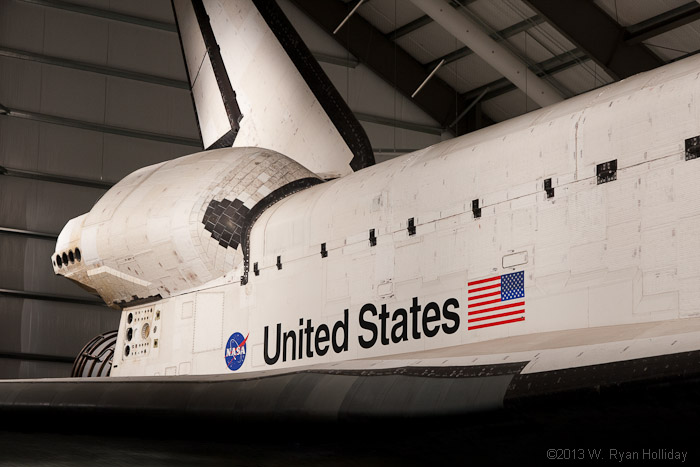Several weeks ago I decided that one of this month’s journal entries would be about why I’m optimistic that the problem of climate change is one that the world is going to solve, and the recent announcement from Trump that the US would join Syria and Nicaragua as the only nations not to be a part of the Paris Climate accords makes the subject even more appropriate.
To greatly oversimplify the issue of climate change, solving it means that clean energy needs to be a better option than fossil fuels in terms of cost and reliability. Looking at trendlines for both metrics, it seems that the world is underestimating how soon that tipping point is going to arrive.
Cost
In terms of cost, consider the following:
- Batteries, key to storing renewable energy, are dropping in price by a rate of about 8% per year, meaning a 60 kw/h battery pack that today is a $13,600 component will cost $5880 in a decade, $2580 in twenty years, and $1080 in thirty years – we are fast approaching the point where the cost of the most expensive component of an electric vehicle is more than offset by the savings from not needing a complex engine or transmission, an exhaust system, or any of the other supporting components of a modern gasoline vehicle. Note that the 8% estimates could even be pessimistic – one study reports that electric vehicle battery pack costs dropped from $1000 per kw/h to $227 per kw/h between 2010 and 2016.
- Solar power is following a similar trajectory, with costs declining 6-7% per year. A 2015 estimate put the cost of solar at $122 MW/h, vs natural gas at $82 MW/h, and coal at $75 MW/h. At a 7% annual improvement, the cost of solar matches that of coal and natural gas by 2022, and by 2030 solar costs would be just $41 MW/h, half that of natural gas.
The health benefits of reducing air pollution from fossil fuels are an indirect cost, but according to the US Department of Energy:
Achieving the SunShot-level solar deployment targets — 14% of U.S. electricity demand met by solar in 2030 and 27% in 2050 — could reduce cumulative power-sector GHG emissions by 10% between 2015 and 2050, resulting in savings of $238–$252 billion… This could produce $167 billion in savings from lower future health and environmental damages, or 1.4¢/kWh-solar — while also preventing 25,000–59,000 premature deaths.
Reliability
From the standpoint of reliability, the fatal flaw for renewable energy is that it’s only available when the sun is shining or the wind is blowing, but cheap batteries allow renewable energy to be stored and used whenever needed, and they also provide huge benefits for the grid. Since its inception the electrical grid has required energy to be used as soon as it is produced, so grid operators have had to execute a complex process for matching output to demand, and also have had to ensure that enough generation is available to match the highest possible load, meaning some power plants exist solely to meet demand on those few summer days when everyone is running their air conditioners. As batteries get cheaper, suddenly that’s no longer the case – instead, you store energy to handle peak loads, generation capacity just has to match average load (so inefficient power plants can be retired), and grid reliability is no longer an issue.
Reliability of cars improve when the system goes electric, too. A gasoline engine is about 20% efficient, the electric motor is closer to 75% efficient. The gasoline engine has belts, pistons, and tons of other moving parts that can fail, the electric motor is essentially a simple shaft wrapped in wires that costs far less to produce. A gasoline car requires a complex, multi-speed transmission, an electric car has a simple, single-speed transmission. A gasoline car uses oil, requires an exhaust system, and has tons of belts and hoses, an electric car has none of those things. Twenty years from now, we’ll wonder why anyone ever put up with regular trips to the mechanic.
Finally, consider home solar. Today we accept that a transformer failure or a fallen tree can mean no power for a few hours, and that a natural disaster can mean power outages for days. However, as solar and batteries drop in price, the grid starts to look kind of crazy – why would anyone pay more to have an unreliable grid connection that requires flimsy high voltage wires to be strung through the neighborhood when a system that can generate power from sunlight and store a few days worth of backup energy is available for the same (or less) money?
Why the future is awesome
The timelines above suggest that within the next twenty years a renewable energy world will beat out fossil fuels on both a cost and reliability basis. Stretch that 30-50 years, and all sorts of interesting possibilities occur – to cite one, desalination is cost-prohibitive because it is energy intensive, but if energy is cheap then a city like Los Angeles, located next to the ocean but forced to import freshwater from hundreds of miles away, could conceivably generate more freshwater than it needs and actually start exporting water to the rest of the state. Citing another interesting possibility, cheap energy might make it feasible to begin scrubbing CO2 from the atmosphere, so not only would emissions drop as fossil fuels are phased out, but mankind could actually begin to forcibly remove some of the greenhouse gases that we’ve unleashed.
Leaving the Paris Accords seems like an unnecessary, self-inflicted wound for the country, but the rate of technological advance still gives me great hope that the problems the world faces are going to be overcome, with or without support from America’s political leadership.



